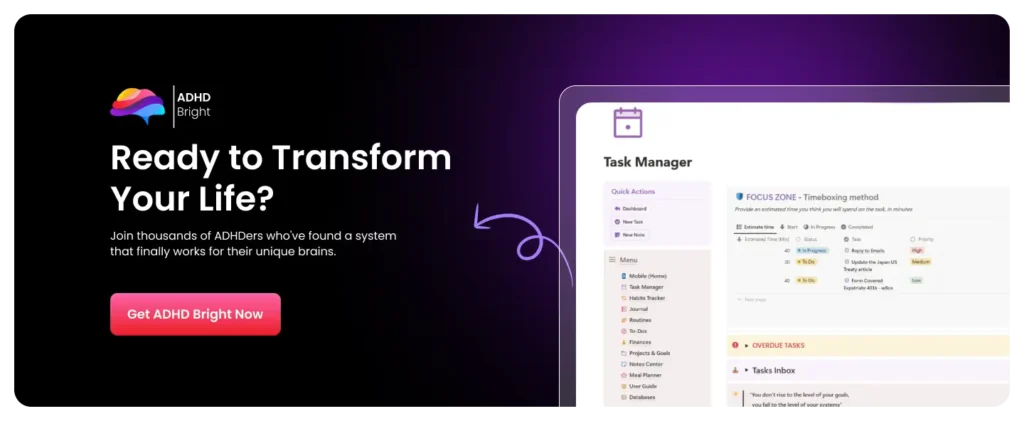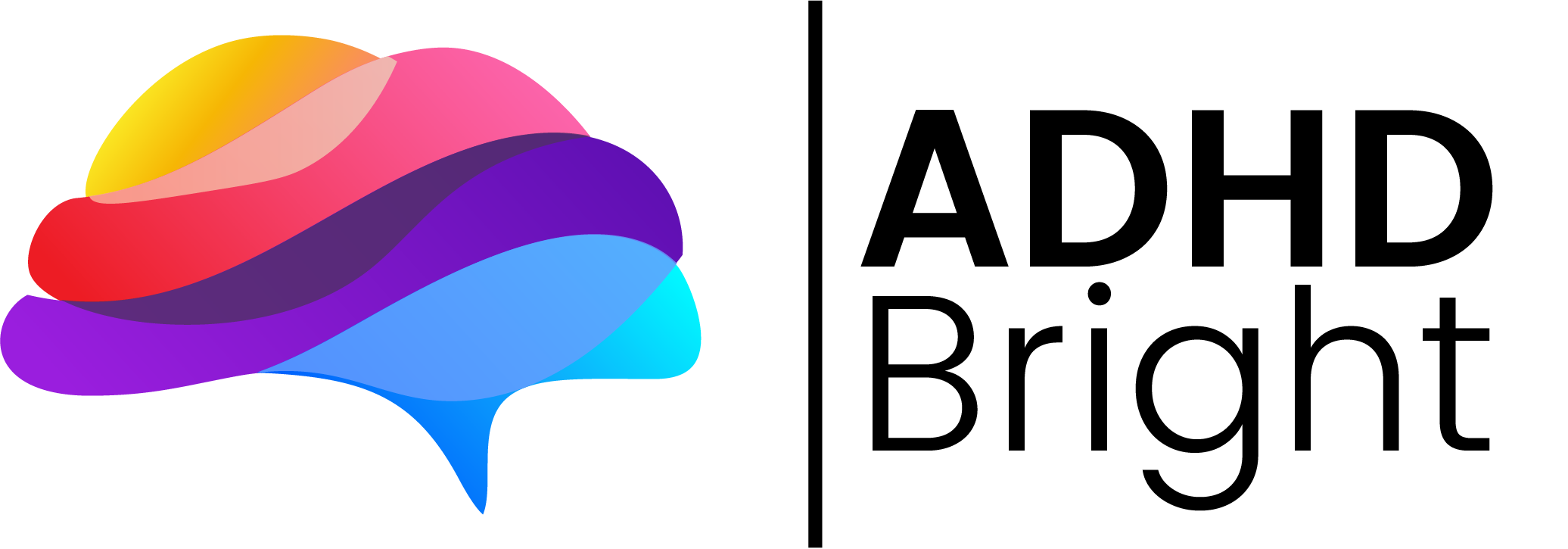Impulsivity, emotional decision-making, and inconsistent routines make money extra complicated for people with ADHD. Overspending isn’t a character flaw—it’s a symptom of attention deficit hyperactivity disorder and its impact on decision-making, dopamine systems, and executive functioning.
If you’ve been Googling “how to stop spending money ADHD”, you’re not alone. ADHDers often deal with impulsive spending, impulse buying, and inconsistent money management because their brains seek stimulation, novelty, and instant rewards. The good news? With the right strategies, systems, and supports, you can regain control of your finances without shame or restriction.
Below are practical strategies, built around how ADHD brains work, to help you understand your spending habits, reduce impulsive behaviors, and create routines that support long-term financial goals.

1. Start With Awareness: Where Is Your Money Going?
Before fixing anything, you need visibility. Many people with ADHD avoid checking their bank account because it feels overwhelming or triggers shame, which only leads to more impulsive spending.
Start by observing your spending habits, not judging them.
Ask yourself:
- When do you tend to engage in impulse buying?
- Are certain online stores or environments (hello, checkout lane) triggering?
- Do emotional states like boredom or emotional dysregulation lead to unnecessary purchases?
This awareness step is the foundation of managing impulsive spending and breaking impulsive spending habits.
A helpful trick is to categorize your spending into simple spending categories like:
- Food
- Fun
- Bills
- Subscriptions
- Household
Once you see patterns, you’ll understand the “why” behind excessive spending, which makes it easier to gain control and eventually regain control of your financial situation.
2. Create a Simple ADHD-Friendly Budget
Budgeting doesn’t have to be intimidating. The goal is not perfection—it’s clarity.
A basic ADHD-friendly budget includes:
- Fixed expenses
- Variable expenses
- Fun money so you don’t feel restricted
- Savings goals for something meaningful, like an upcoming vacation or special events
Including fun money is crucial. If you restrict yourself completely, you’re far more likely to rebound into impulsive buying later. ADHDers need novelty, and denying that entirely usually backfires.
A budget helps you understand your spending decisions and supports your broader financial management.
3. Use a Financial Tracker With Built-In Pause Points
A financial tracker is incredibly helpful for managing money because it adds a moment of reflection before you spend. This can interrupt impulse spending and help you resist impulse buying in real time.
ADHD Bright’s Finance Manager includes:
- A simple tap-to-log expense system
- A built-in “impulse check-in” that makes you pause and assess
- Auto-calculated budgets so you instantly see where you are
- Categories that help you stay aware of your patterns
- A gamified savings quest that doesn’t trigger shame
This structure sets a barrier between the urge and the action, giving your brain a moment to regulate impulsive urges. The combination of reflection + automation is incredibly helpful for ADHDers who struggle with immediate gratification and poor impulse control.
You can enter purchases in a few clicks—no spreadsheets, no overwhelm.
4. Avoid Trigger Zones (Temporarily!)
This isn’t forever—just long enough to build new habits.
Ask yourself:
“What locations or apps trigger spending money without thinking?”
Common ADHD triggers:
- Shopping online late at night
- Certain online purchases from stores you browse out of boredom
- Going to the mall “just to walk around”
- Sale emails
- Beauty stores
- TikTok “must-haves”
Until your money management habits feel more stable, avoid exposure to your personal kryptonite.
Over time, the intensity of impulsive spending decreases, and you’ll return to these environments with better control and stronger decision making processes.
5. Make Spending Harder (and Saving Easier)
ADHDers tend to act quickly when the dopamine hits, so adding tiny layers of friction can slow down impulsive purchases:
- Delete saved payment information from websites
- Log out of online stores
- Remove shopping apps from your home screen
- Put items on a 24-hour “cool-off” list
- Keep only cash for discretionary fun money purchases
- Use no spend days to reset your habits
These practical steps interrupt the cycle of impulsive spending, and they work because they create just enough pause to engage rational thinking.
On the flip side, automate the good stuff:
- Set up direct deposits into savings
- Pre-decide your saving goals or saving money challenges
- Use a calendar for bill payments to avoid late fees
Automation removes pressure and reduces the mental load of financial distress.
6. Add Visual Accountability and Support
ADHDers respond well to visual cues, visual reminder tools, and external feedback, because the brain struggles with future thinking and abstraction.
Try:
- A savings thermometer
- A sticky-note list of financial goals
- A “pause before you purchase” reminder on your card
- A progress bar for goals
- A spending buddy you can text before buying something impulsive
Some people also benefit from an adhd coach, or even meeting with a financial advisor if their financial instability or money problems feel overwhelming. If your situation is severe, don’t hesitate to seek professional or professional help.
7. Understand the ADHD Spending Cycle (and Stop the Shame)
The ADHD spending loop usually looks like this:
- Emotional discomfort →
- Impulsive behaviors or impulse buying →
- Short burst of dopamine →
- Buyer’s remorse or guilt →
- Shame →
- Avoidance →
- More spending
This cycle is tied to:
- dopamine deficiency
- time blindness
- emotional impulsivity
- the ADHD tendency to choose instant gratification over long-term benefit
Understanding this helps break the shame. You’re not “bad with money”—you’re fighting neurological wiring.
The goal is awareness + systems that work with your brain.
8. Build Systems That Work Automatically
Creating systems is essential for sustainable financial change. ADHDers struggle not because they can’t control spending, but because they don’t have structures that match how their brain works.
Systems that help:
- Weekly check-ins (5 minutes)
- A tracker that logs spending effortlessly
- Categories that auto-update
- Rules about what counts as fun money
- Visual dashboards
- Strong reminders and routines
ADHD Bright Planner simplifies this with a Finance Manager that supports practical strategies, automates tracking, and helps you stay intentional without pressure or judgment.
You Can Take Control of Your Money With ADHD
Stopping impulsive spending when you have ADHD isn’t about willpower—it’s about structure, dopamine, visibility, and compassionate systems.

With the right strategies, better awareness, supportive tools, and realistic routines, you can transform your relationship with money, reduce financial distress, build savings goals, and develop healthier spending habits that support the life you want.
You’re not alone, your brain just needs a system built for you.



